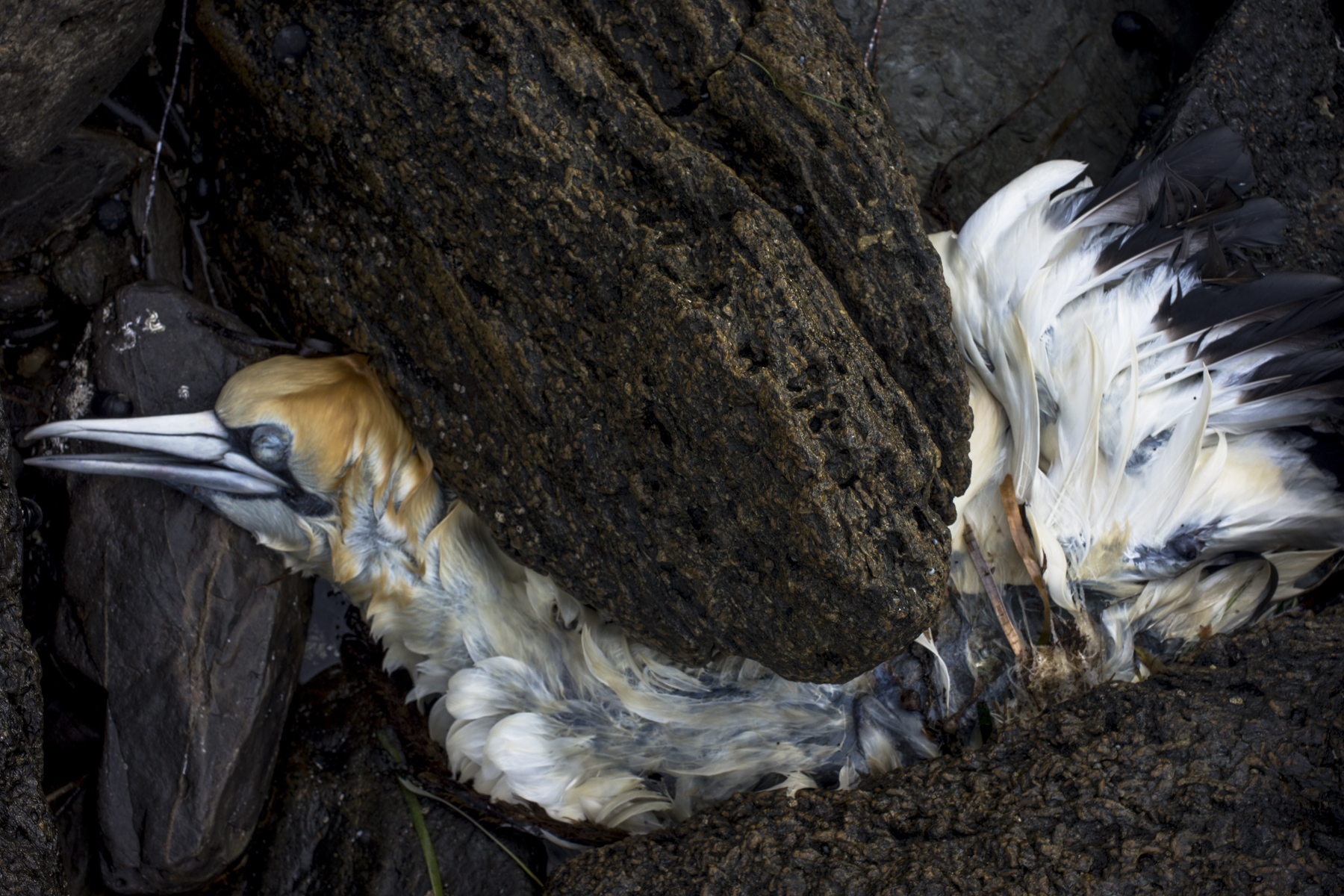One of the reasons for going into the Southwest National Park was to see the Gordon Dam and its effects on the ecology of the region.

Clearly the dam is the iconic symbol of modernity in Tasmania. A celebration of engineering and hydro power. But keeping the lights on in Strahan comes at a terrible cost—the flooding of Lake Pedder and the damming of the Serpentine and Huon Rivers to ensure high water levels of Lake Pedder so that there can be a continual flow of water from Pedder into Lake Gordon via the McPartlans Pass Canal to drive the power station’s turbines.










